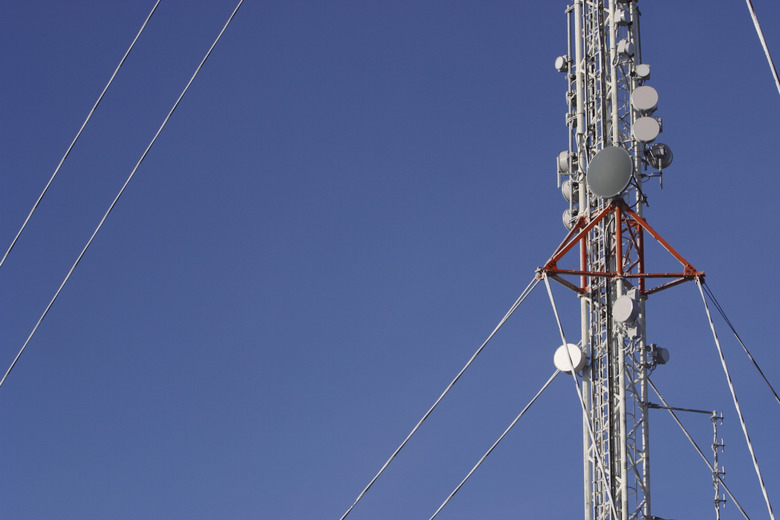Homemade GSM Antenna
A GSM antenna is meant to strengthen signals for certain types of cell phones and other wireless data receivers. GSM, which stands for Global System for Mobile communication, is traditionally a type of cell phone technology used primarily in Europe, but also in the United States and other countries. The signals and the technology are based around a circuit-switched system which divides every 200 kHz channel into eight different 25 kHz slots.
Parameters
Parameters
A GSM antenna needs to be able to pick up the proper frequencies. There are several different GSM bands, with most falling between 880 MHz and 960 MHz. There are also higher GSM bands used by some applications that pick up signals up to GSM-1800, and cell phones with GSM capabilities come equipped with tuners able to pick these signals up, but for a homemade version, the lower range is usually the only one that can be reached.
You should also take size into account. The antenna should be small enough to easily be carried around and set up or taken down as required, preferably something that fits easily in a backpack or briefcase. The antenna should also be easy to build and yet have enough quality for a reasonable amount of gain, preferably as high as 8 dBi. For materials, you can use a variety of different metal rods, wire and sheets. The best type of antenna metal is usually welding rod or aluminum tubing, but these are rarer items and normally insulated copper wire can often be used to take their place.
To find out the length of the radio signal you want to receive, you need to identify an average frequency point for the GSM frequency, which is usually around 900 to 920 MHz. This is then divided into the speed of light in a vacuum, a constant measured in meters and expressed as "c." This yields a metric number you then need to adjust for actual air conditions, usually by reducing it by five percent. For 920 MHz, the resulting number is about 310 millimeters. This is the number you will use when constructing the antenna.
Design
Design
There are several different designs you can choose from when creating the antenna. The design you choose will probably depend on how easy it is to assemble and take apart, how easily you can move it with you and how easy it is to make. A dipole antenna, using two straight wire rods facing away from each other, is fairly simple to make and can be designed vertically at 1/4 the specified wavelength, but it will not be as effective of a receiver as other models. A parabolic antenna uses a dish, and while it may be effective, you may not have the supplies to create one.
Monopole antennas, which use a metal plane attached to one end of a dipole antenna, are effective and if made correctly, can be collapsed into a fairly small space. Yagi-uda antennae, although effective, are delicate and must be made very accurately in order to pick up strong signals.
References
Cite This Article
MLA
Lacoma, Tyler. "Homemade GSM Antenna" sciencing.com, https://www.sciencing.com/homemade-gsm-antenna-5817434/. 24 April 2017.
APA
Lacoma, Tyler. (2017, April 24). Homemade GSM Antenna. sciencing.com. Retrieved from https://www.sciencing.com/homemade-gsm-antenna-5817434/
Chicago
Lacoma, Tyler. Homemade GSM Antenna last modified March 24, 2022. https://www.sciencing.com/homemade-gsm-antenna-5817434/
